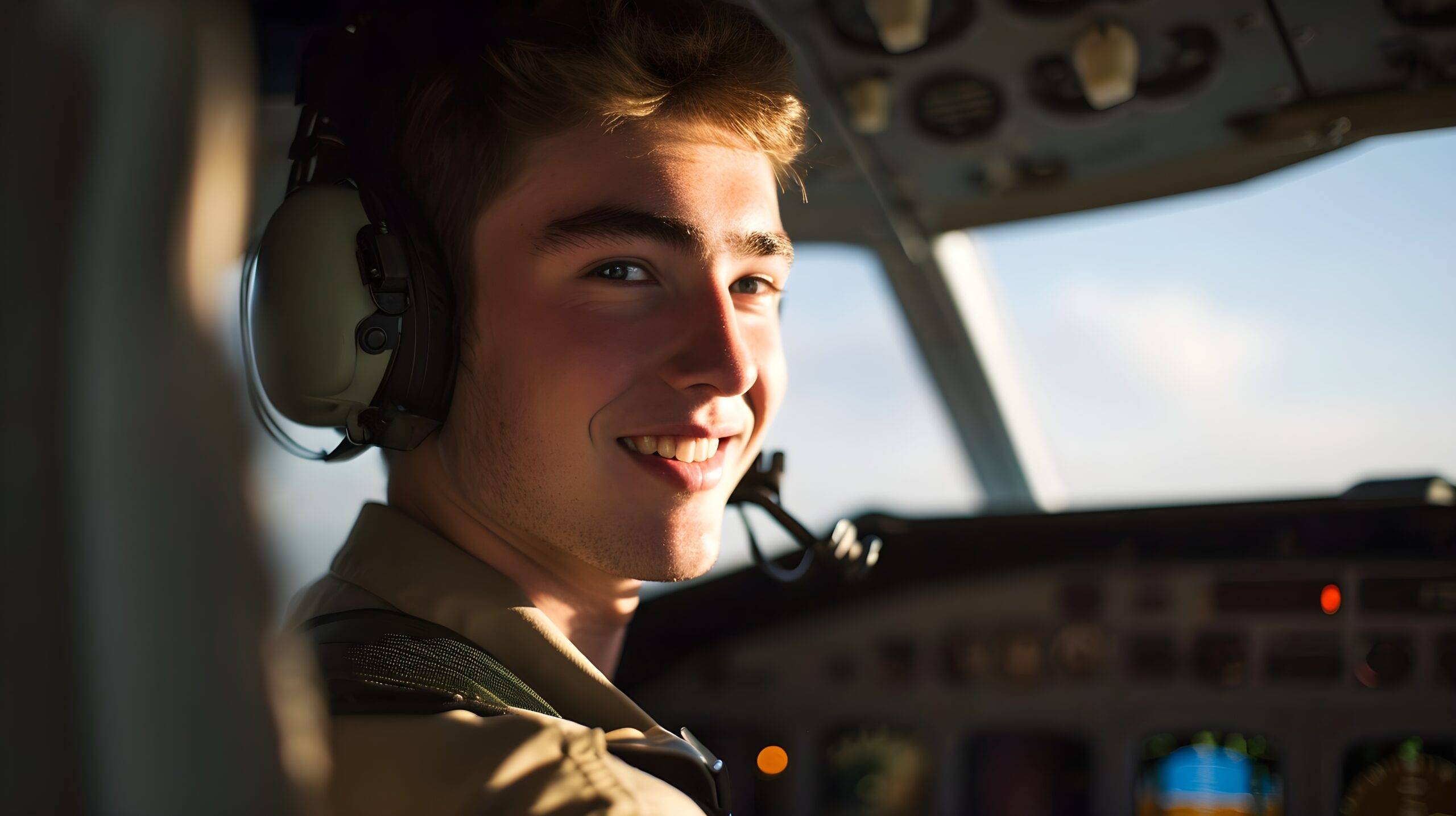BECOME A PRIVATE PILOT!
What is a Private Pilot License (PPL) and what do I need to do to get one?
A Private Pilot License (PPL) is a certification that allows individuals to fly aircraft for personal or recreational purposes. It’s the most common type of pilot license obtained by aspiring aviators. Here are some key points about the PPL:
• Eligibility: Applicants must be at least 17 years old (in some countries it may be 16 for gliders or balloons) and have a valid medical certificate from an aviation medical examiner. They must also demonstrate proficiency in the language of the country where they’re obtaining the license.
• Training: PPL training typically consists of both ground school and flight training. Ground school covers topics such as aerodynamics, navigation, weather, regulations, and aircraft systems. Flight training involves hands-on instruction with a certified flight instructor (CFI) and includes maneuvers, navigation, emergency procedures, and solo flight.
• Requirements: The specific requirements for a PPL vary by country, but generally, they include a minimum number of flight hours (usually around 40-50 hours), including solo flight time and dual instruction time. There are also specific requirements for cross-country flights, night flying, and other aspects of piloting.
• Knowledge Test: Before obtaining a PPL, candidates must pass a written knowledge test covering the topics taught in ground school. The test is usually administered by the aviation authority of the country where the license is being obtained.
• Practical Test: After completing the required training and meeting the flight hour requirements, candidates must pass a practical test, also known as a checkride. During the checkride, an examiner evaluates the candidate’s flying skills, knowledge, and decision-making abilities.
• Privileges: With a PPL, pilots are allowed to fly single-engine aircraft (in some cases, multi-engine with additional training) for personal or recreational purposes. They can carry passengers but cannot be compensated for their flying services.
• Continuing Education: While a PPL allows pilots to fly independently, many pilots pursue additional ratings and endorsements, such as instrument ratings or seaplane endorsements, to expand their flying capabilities.
Obtaining a Private Pilot License is a significant achievement and opens up a world of possibilities for those passionate about aviation. It’s often the first step towards pursuing a career in aviation or simply enjoying the freedom of flight as a hobby.
Become a private pilot and fly to work, or just for recreation!
Hewison Aviation provides Private Pilot training to help you earn your Pilot License. This license allows you to go flying with friends and family. You can even use your license to fly for business, as long as you’re not being monetarily compensated.
During your training you will learn different aerodynamics, navigation, controls, and takeoffs and landing skills so that you can confidently and safely maneuver an aircraft without instructor assistance.
The private pilot requirements include a minimum of 40 hours’ flight time, which is split into two categories – Dual and Solo.
The PPL DUAL SESSION minimum consists of 20 hours, including but not limited to:
• 3 hours of cross-country flying to a location more than 50 miles away in a single engine airplane
• 3 hours of instrument training
• 3 hours of night flying over 100 nautical miles with 10 takeoffs and landings
• 3 hours of flight training within 60 days prior to practical test
The PPL SOLO SESSION minimum consists of 10 hours, including but not limited to:
• 5 hours of cross-country flying
• 3 takeoffs and landings at an airport with an operating control tower
• 1 cross-country flight of at least 150 nautical miles with full stop landings at 3 points
To get started with the training for your Private Pilot License PPL near Albany, New York, you need to meet the following FAA requirements:
• Be at least 17 years of age
• Get an FAA class 3 medical certificate
• Pass all the theoretical examinations
